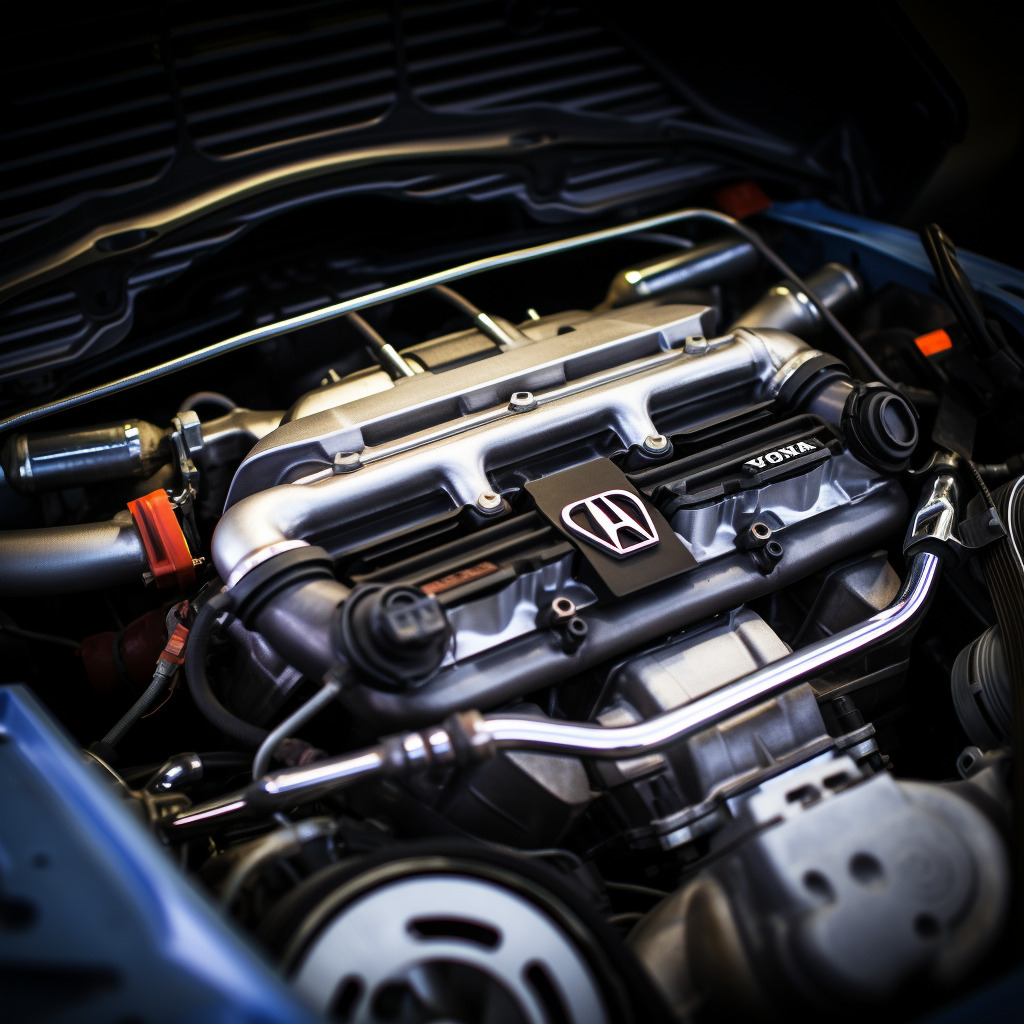

In the realm of auto diagnostics, trouble codes play a crucial role in identifying specific problems within a vehicle’s systems. One such trouble code is U1199. In this article, we will delve deep into the U1199 DTC code, providing an in-depth explanation of its meaning, potential causes, and steps to resolve the issue. So, let’s dive right in!
The U1199 DTC code refers to a communication issue between the central control module and one or more satellite modules in the vehicle. This code is typically associated with modern vehicles equipped with advanced electronic systems. When the communication network encounters a problem, the U1199 code is triggered, signaling a fault that needs attention.
Several factors can contribute to the activation of the U1199 error code. Here are some potential causes to consider:
One common cause of the U1199 DTC code is damaged or loose wiring connections. Faulty wiring can interrupt the communication between modules, preventing the transmission of essential data. The wiring harnesses may undergo wear and tear over time, leading to connectivity issues.
A malfunctioning central control module (CCM) can also trigger the U1199 trouble code. The CCM serves as the primary communication hub in the vehicle, managing data flow between various modules. If the CCM malfunctions or fails, it can disrupt communication, resulting in the U1199 fault code.
In some instances, the U1199 DTC code may arise due to software or firmware issues within the control modules. This can occur if the modules’ software becomes corrupted or outdated. Incompatible software versions among modules can also hinder proper communication.
To accurately diagnose and resolve the U1199 DTC code, it is essential to follow a systematic approach. Here’s a step-by-step guide to help you identify and fix the problem:
Begin by inspecting the wiring harnesses and connectors for any visible signs of damage, such as fraying, exposed wires, or loose connections. Ensure the vehicle’s battery is disconnected before proceeding further.
Using an OBD-II scanner, retrieve the trouble codes from the vehicle’s system. Apart from the U1199 code, there may be other related codes that can provide additional insight into the issue. Note down all the codes before clearing them for further testing.
Thoroughly examine the wiring harnesses connected to the modules involved in the U1199 DTC code. Look for any signs of damage or loose connections. Repair or replace any faulty wiring as necessary. It is crucial to double-check the connections to ensure a secure fit.
Focus on the control modules associated with the U1199 fault code. Ensure they are functioning correctly and are free from any physical damage. Test the modules using suitable diagnostic tools to detect any internal issues or faults.
If the control modules’ software or firmware is outdated, updating it can often resolve communication issues. Check with the manufacturer for any available updates or contact a qualified technician who can assist in performing the update.
A1: While the U1199 DTC code indicates a communication problem, it doesn’t necessarily affect the performance of the vehicle directly. However, other associated trouble codes might impact specific systems and result in performance issues.
A2: Diagnosing and fixing the U1199 code might require a certain level of expertise and access to diagnostic equipment. If you have experience in automotive diagnostics, you may attempt the troubleshooting steps mentioned. Otherwise, it is advisable to seek assistance from a qualified mechanic.
A3: Once you have thoroughly diagnosed and fixed the underlying problem causing the U1199 code, it is recommended to clear all the codes using an OBD-II scanner. This ensures that any residual or false codes are eliminated and confirms that the issue has been resolved effectively.
In conclusion, the U1199 DTC code indicates a communication problem within a vehicle’s electronic system. By understanding the potential causes and following a systematic diagnostic approach, you can effectively resolve the issue and restore proper communication between the control modules. Remember, if you are unsure or lack the necessary expertise, it is always best to consult a professional automotive technician for accurate diagnosis and repair.